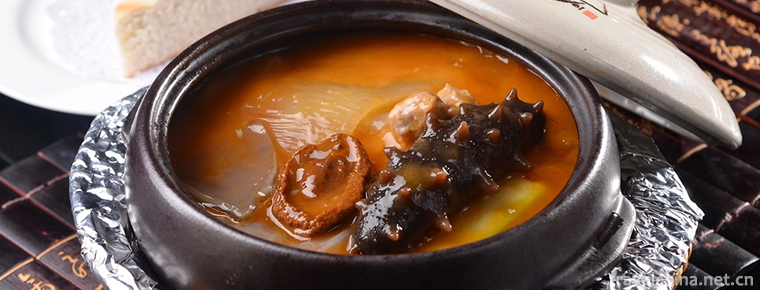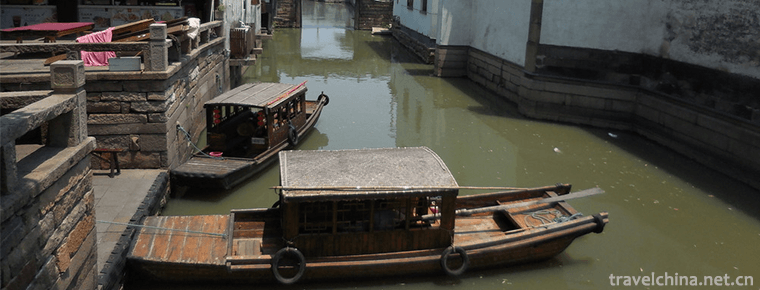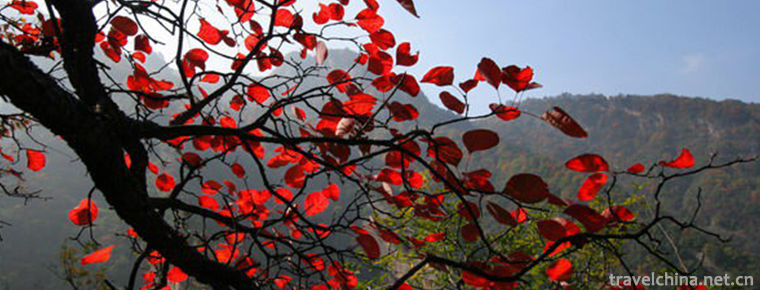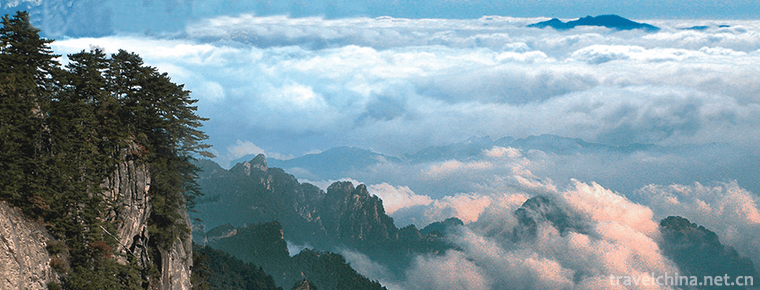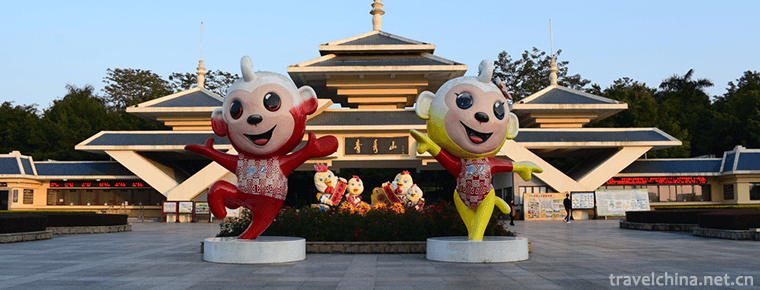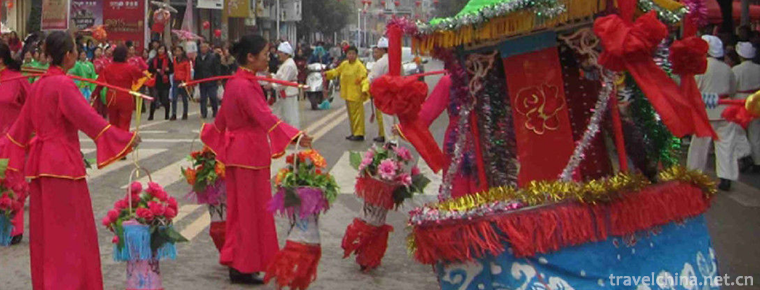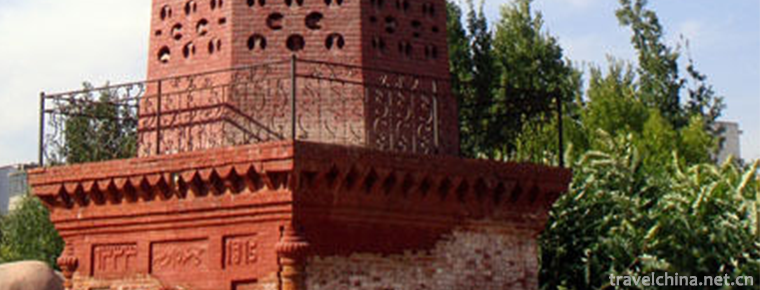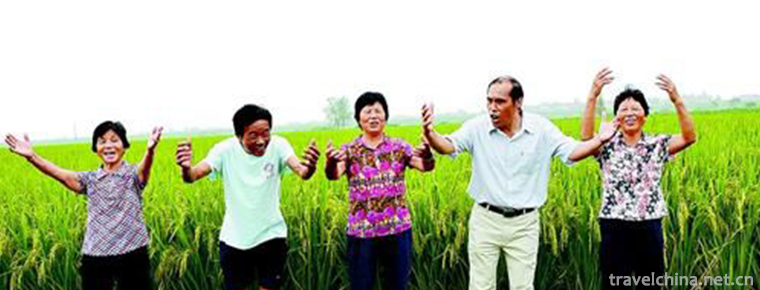Circus
Circus
Circus is one of the acrobatics. Originally, it refers to the performance performed by people on horses. Now it is a general term for the performance of various wild animals and domesticated birds. It refers to the comprehensive performances of horse training, horse riding, large and medium-sized animal theatres and high-altitude programs, including some acrobatics, magic and comedy, and mostly performed in horse circles of large venues (circus, shed, gymnasium or square). There are actors who direct animals to perform various skill movements or perform various skill performances on animals. Circus in a broad sense also includes acrobatics. Circus is sometimes used in conjunction with acrobatics. The term circus was first used in Han Huankuan's On Salt and Iron in China. Ancient circus refers to horse-training and horse-riding. Modern circus in a narrow sense refers specifically to horse training and horsemanship. In 2008, circuses were approved by the State Council to be included in the second batch of national intangible cultural heritage lists.
Basic meaning
Circus, also known as circus, originated in the ancient Roman arena. According to records, in 1768, British veteran officer Astrid, who performed equestrian, found that, with the help of the centrifugal force generated by the turning of the horse, he could perform on the horse's back without falling down. So, he opened a circular racetrack, which is the beginning of modern circus!
Circus has a long history in our country. In Huan Kuan's On Salt and Iron in the Western Han Dynasty, there is a record of "circus fighting tigers". During this period, one of the skills of circus was called "cheating", and the annotation of Han Shu was called "the skill of circus".
In the Three Kingdoms, circus performances were also common. Pei Song's Note in The Biography of Empress Wei Shu Zhen: "When I was eight years old, there were horseback riders outside. All my family members and sisters came to the cabinet to watch it, but I couldn't do it alone."
In the Tang Dynasty, circus performances had reached a high level, among which the "through sword door trick" was particularly brilliant. "Throughout the sword door trick" is Ma Yue Daoshan: knife insertion on the ground upside down, divided into several levels, like rafters, shining cold, people can not stand back, performers riding ponies, galloping jump, drifting past, no injuries to people and horses.
By the Song Dynasty, circus tricks were more mature, and their performing skills were exquisite and superb. When Bianliang in Tokyo (Kaifeng in Henan Province today) performed circus for the emperor, there were many kinds of horse-drawing, horse-riding, horse-swindling, horse-vaulting, handstand, horse-towing, hiding in the stirrups and horse-driving.
Circus in the Qing Dynasty had new creations. Emperor Xianfeng watched circus performances on the fifteenth day of the first lunar month. At this time, the circus performers show their skills: "there is a full saddle stirrup; there is a saddle-pulling forward and horse-pulling; there are two opposite people rushing to exchange immediately; there are a vacation of B hired to wear armor at the head of the gallop, as soon as possible surprise." Do Chinese Shadow Show. Later it spread to Britain and Germany, where it was a sensation in Europe.
origin
brief introduction
We call foreign circuses "circuses" as "circuses", which are translated from Chinese circuses.
Circus, originated in the Han Dynasty of China, has a history of nearly two thousand years. Its main manifestation is that people who master certain skills ride horses to perform various movements. In modern times, the nature of circus has changed greatly. In addition to the immediate events, dozens of animals have been added to the acrobatic performance. Therefore, it has a strong ornamental and entertaining.
On the South Bank of Bian River, there is a solitary Tomb of King Aring. According to legend, Qin Shihuang unified the world, and his nephew, Aring, was sealed up here to establish the Aring palace. The back city pool sank and became a barren grassy Lake beach. From Tang Suzong to the first year of Germany, Qin Chao, the grain transporter, saw that in order to facilitate grain transporting, he excavated a grain transporting River here. Artemisia sinensis is named Artemisia sinensis because of its abundance along the river. Transport of grain led to commerce and trade. Millennium later, it became the birthplace of circus art of Longqiao (which belongs to Suzhou City in northern Anhui Province and is famous for Fuli Chicken, one of the four famous roast chickens in China).
Han dynasty
Circus, also known as circus, has a long history in China. In Huan Kuan's On Salt and Iron in the Western Han Dynasty, there is a record of "circus fighting tigers". During this period, one of the tricks of circus was called "cheating". The word "cheating" was annotated in Hanshu as "the trick of circus".
Three Kingdoms period
In the Three Kingdoms, circus performances were also common. The biography of Queen Wei Shu Zhenhuan said, "When I was eight years old, there were horse riders outside, and my family members were in the cabinet to watch it, but I couldn't do it alone." In the Tang Dynasty, circus performances had reached a high level, among which the "through sword door trick" was particularly brilliant. "Through Sword Gate Kit" is Ma Yue Daoshan. Swords were inserted upside down on the ground and divided into several groups at intervals, like rafters, shining with cold light and hesitating. The performances can be performed by riding ponies, galloping and jumping, flying by without injuries. A young general of Xuanwu Army is good at doing this. Unfortunately, when the young general was performing "through the sword door trick", suddenly the wind shocked him, and he struck the sword out of order. "Everyone was killed by the blade."
Song dynasty
By the Song Dynasty, circus tricks were more mature, and their performing skills were exquisite and superb. When Bianliang in Tokyo (Kaifeng in Henan Province today) performed circus for the emperor, there were many kinds of horse-guiding, horse-instant, horse-deceiving, horse-vaulting, handstand, horse-towing, horse-flying fairy-arm, hiding in the stirrups, horse-driving and so on. Circus in the Qing Dynasty had new creations. Emperor Xianfeng watched circus performances on the fifteenth day of the first lunar month. The circus performing arts are outstanding: "There are people who stand on saddle stirrups; those who pull saddle and walk on horseback; those who come and exchange horses on horseback; those who wear armor on horseback, and those who wear armor on horseback, are amazing at once."
The circus art in Longqiao District is a masterpiece created by frequent disasters and the wisdom of the people who fight against disasters. As an important transportation road, the historic bridge is an important military fortress. From the Qin-Chu War to the Song-Jin 13-year La Zheng War, there were more than 100 wars in history, which made this place a veritable "hundred battlefields". By the Ming and Qing Dynasties, "Fengyang Mansion in Sanxiu, Nansuzhou in Jiuxiu", together with the flood plague, the rich bridge was full of scars, and thousands of households were desolate. But the people of Longqiao have strong vitality. On the bitter begging road, they have passed on from generation to generation, creating bitter culture with local characteristics such as book reviews, drums, piano books, fishing drums, cymbals, shadow plays and foreign films. By the middle of the Qing Dynasty, acrobatics and Magic were outstanding, and gradually had a greater impact in the north of Greater Henan Province.
Longqiao area is located in the plain, and its specific geographical advantages also create extremely favorable conditions for the development of Longqiao specialty. Winter leisure lasts for more than six months, and there are more than 200 fairs in and around China, thus providing a good market for large-scale performances both in time and on the venue. In that year, Yinwozi Village, Haogou Township, gathered hundreds of people of all kinds of folk arts. When they met and gathered, they opened up a large market and attracted many villagers to come to see teachers and seek art. By the end of the Qing Dynasty. Then gradually formed with Taogou, Liugou connected Acrobatic Circus town, Artemisia willow has become an Acrobatic Circus circle art center.
In the 1920s, the younger generation represented by Yin Qingyun, Wu Qingyun and Gu Zhuanbiao soon became the mainstream force of the new generation. Especially Gu Chuanbiao, who came on stage at the age of 8, founded Gu Jiaban at the age of 17. His high turning stage, empty fishing rod, revolving mouth, drilling sickles, hard Qigong, and eight steps in equestrian to catch cicadas and shake snow by beautiful women all show incomparable exquisite art, which also makes the Longqiao circus art appear gradually from the stall to the palace of art.
Influenced by equestrian skills, Yin Qingchuan purchased a number of animals with his own fund in 1930, and displayed them in the form of shed. Everywhere he went, the masses rushed to watch. Because in the process of raising, we can constantly be familiar with the habits and instincts of various animals, Yin Qingchuan began to try animal domestication, and soon began to achieve results. For example, monkeys pull cars, wolves drill fire rings, dogs know, bears ride upright and so on, although the skills are still rough, but the impact is great, admiring the audience is endless, Yin Qingchuan has become the founder of animal performance in the bridge area. After that, Li Tongren of Gaotan Village and Zheng Jirong of Yongan Town created "Victory Shelter" and "Mass Shelter" successively. Through their own exploration, they broke out a skill of animal training belonging to their family, and expanded the performance market to the south of the Yangtze River. The circus art in the real sense of Longqiao District has gradually formed.

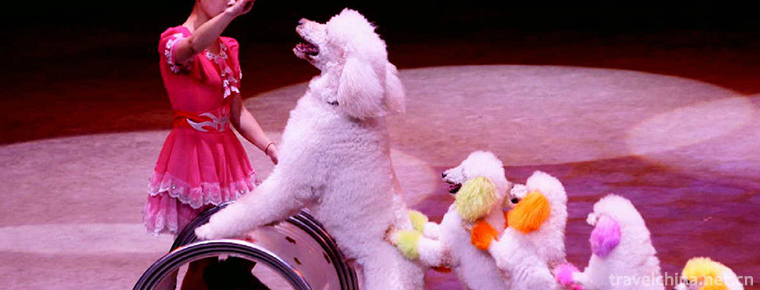
-
Soup with pepper
Soup with pepper, a well-known snack in Central Plains, originated in Xiaoyao Town, Xihua County, Zhoukou City, Henan Province, and Beiwudu Town, Wuyang County, Luohe City. Especially known as Xiaoyao.
Views: 242 Time 2018-11-10 -
Chongqing Yunyang Longgang National Geological Park
Yunyang Longgang Scenic Spot: National AAAAA Class Tourist Spot, National Geopark and National Day 2016 "Best Tourist Service Scenic Spot".
Views: 295 Time 2018-12-12 -
Zhao tomb in Qing Dynasty
Zhaoling Tomb of Qing Dynasty, the mausoleum of Taizong Emperor Taiji, the founding monarch of the second generation of Qing Dynasty, is located in the ancient city of Shenyang (Shengjing).
Views: 172 Time 2018-12-26 -
Expo Area of Acient Kiln Folk Cultures in Jingde
Jingdezhen Ancient Kiln Folklore Expo Area, located in Fengshu Mountain and Panlonggang, Changjiang District, Jingdezhen City, Jiangxi Province, covers an area of 83 hectares. It is a cultural tourist.
Views: 157 Time 2019-01-12 -
Longyu Bay National Forest Park
Longyuwan National Forest Park is located in Luanchuan County, Henan Province. It is 165 kilometers away from Luoyang City. It covers an area of 1833 hectares.
Views: 132 Time 2019-02-06 -
Baiyunshan National Forest Park Luoyang
Baiyunshan National Forest Park is located in the primitive forest area of Funiu Mountain in the southwest of Songxian County, Luoyang City, Henan Province, with a total area of 168 square kilometers.
Views: 189 Time 2019-02-06 -
Qingxiushan Mountain
Qingxiushan Scenic Area is a national AAAAA scenic spot in Nanning. Qingxiu Mountain is a key scenic spot in Nanning. In addition to protecting and restoring the original historic sites.
Views: 222 Time 2019-02-07 -
Automative lighting
Car lights are also known as "teasing Momei" and "running a dry boat". It is mainly performed around the Spring Festival..
Views: 325 Time 2019-04-16 -
Construction Skills of Russian Nationality Residences
Historically, Tacheng once had the reputation of "Oriental Moscow", which is by no means a historical accident. It has a close relationship with the border trade in the past 150 years.
Views: 344 Time 2019-04-28 -
Run Dong luo dongdong
"Lolola is a local traditional folk music in Hubei Province. It belongs to the first provincial intangible cultural heritage in Hubei Province. Jianli belongs to the Chu area of Jianghan since an.
Views: 296 Time 2019-05-15 -
Natural resources of Mianyang
In 2014, the annual precipitation of Mianyang City was 19.845 billion cubic meters, the surface water resources was 11.893 billion cubic meters, the total annual water resources was 11.882 billion cubic meters, and the annual average water resources per capita was.
Views: 125 Time 2020-12-14 -
Dazhou peoples life
In 2018, the per capita disposable income of Dazhou residents was 20881 yuan. The per capita disposable income of urban residents was 30882 yuan, an increase of 8.8%. Among them, salary income was 17597 yuan, an increase of 7.3%; net ope.
Views: 142 Time 2020-12-20
